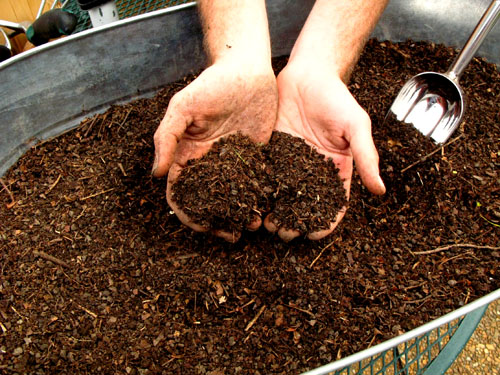Pool Landscaping Tips for Your Backyard
It is a plan of action to get your pool looking its best by making use of around the pool landscaping. This sort of pool landscaping can turn your boring old backyard into the backyard of the stars. You could have a Hollywood looking backyard in no time if you play your cards right.
Pool Landscaping Design
A good pool landscaping design can make your pool the focal attraction and convey out so much more in your yard. Should your yard be large, you can think about adding gorgeous brick walkways around the pool. This sort of pool landscaping can result in other areas of the yard as well. You can have a larger grouping of brick on which you could place your patio furniture, a table and chairs can look fantastic. Breaking up the brick in the pool landscaping will some sections of greenery is a good touch. These bits of green will take in life to the whole picture and remove the hard stone look. Brick is a good choice of stone since it is a softer looking stone. The red brick color is attractive and warm it won’t leave your yard looking cold and unwelcoming. The green plants will simply enhance the attractiveness of the brick as a pool landscaping tool. You can throw in some landscaping stones round the plants and also the edges of the patio. Light colored Stones will add a lot to the entire pool landscaping design. Choose small and sharp stones and you have just added a whole other layer of texture to the landscape and this on its own can make your yard look fantastic.
Can I Have Plants Around My Pool?
You may also consider putting in some colorful flowers. If you spend a lot of time by the pool during the night, then add night blooming flowers as well. By doing this you will be surrounded by some fantastic blooms and scents all day. While there is nothing inherently wrong with placing a few plants around your swimming pool, you still need to make sure that you are making the correct pool landscaping decisions. You don’t want to put too many plants near the pool because it will make it much harder to keep your pool clean on a regular basis, and you should also make sure that your plants fit well with the rest of your backyard pool theme. Most people just think about adding something tropical more than anything else, but in reality, there are quite a few different things to think about before you add plants around your swimming pool.
Avoid Big, Bountiful Plants
The first thing you should try to avoid when adding plants around your pool is to stick to options that don’t come with a lot of extra fruit and flowers. It’s one thing to add plants for a bit of extra greenery to your pool, you don’t want to overdo it by adding extra materials into the mix.
Think Twice Before Planting
It’s usually a good idea to stick with potted plants rather than large bushes or trees around your pool because the roots of those larger plants can actually affect the structure of your pool in the long run. Any oak, ficus, or elm trees are out of the question because you don’t want to deal with the long list of problems that occur when you have roots invading your pool’s plumbing system.
Low Maintenance Options
One last thing to remember is that your pool is supposed to be the area of your home where you are able to relax and enjoy time with family and friends. You don’t want to add an extra stress to your life by creating a situation where you have to maintain your new plants around the pool on a regular basis. Stick with options that won’t force you to spend most of your time around the pool trimming leaves and fertilizing the plants. It’s always a good idea to just keep things simple in this department.
Mixed most of these ideas will make your pool gardening the best ever seen. Begin looking to the way to go about this kind of pool landscaping today. Some of it you could be able to perform by yourself while the other aspects might need some professional help with. Your pool landscaping is likely to impress your entire friends when you are done so get started today and it will be done in no time.
Need help with your pool landscaping? The professional landscapers at Evergreen Landscaping are here for you. Contact us today to get started!









